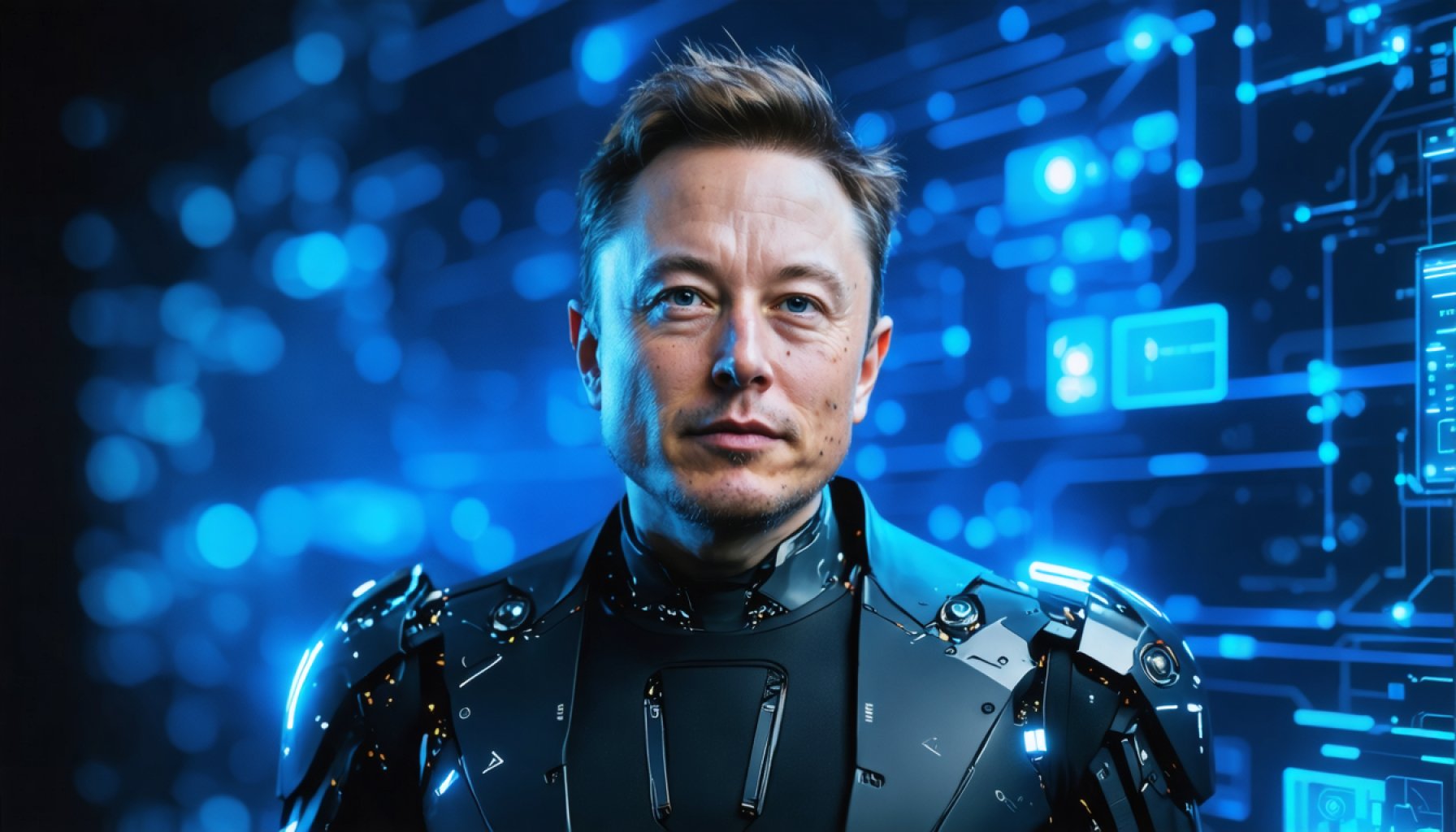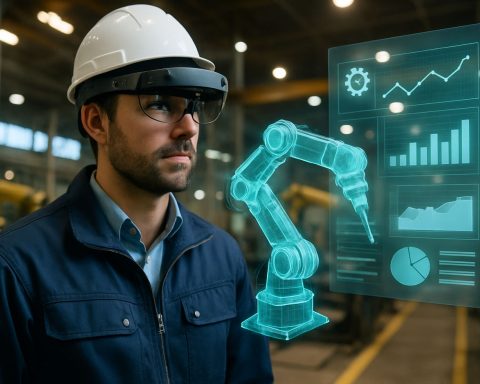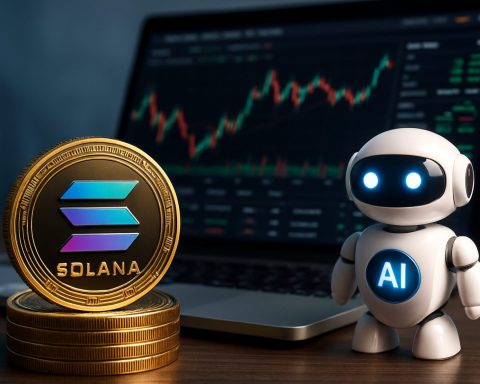- Elon Musk leads the Department of Government Efficiency (DOGE) to modernize U.S. federal technology, drawing inspiration from SpaceX and Tesla.
- The initiative aims to create unparalleled efficiency in government systems through innovation.
- Cybersecurity concerns arise as the overhaul affects critical documents from the National Institute of Standards and Technology (NIST), essential for technologies like quantum-proof encryption.
- The endeavor balances the benefits of modernization with risks to national security due to potential knowledge loss.
- Musk’s project could set a precedent for other countries to rethink their governmental tech strategies.
- The central dilemma is whether significant technological progress can be achieved without compromising essential security assets.
In a world defined by rapid technological change, Elon Musk embarks on an audacious quest to modernize U.S. federal technology. At the helm of the imaginatively named Department of Government Efficiency (DOGE), Musk seeks to infuse a spirit of innovation akin to SpaceX and Tesla into government corridors. This task force, authorized by an executive order from President Donald Trump, aims to catapult government systems into a future of unparalleled efficiency.
Yet, beneath this ambitious drive lies a brewing storm of cybersecurity concerns. Experts find themselves on high alert as Musk’s overhaul targets the critical documents housed by the National Institute of Standards and Technology (NIST). These documents, pillars of national security and technology progress, are essential for developing cutting-edge solutions like quantum-proof encryption. The fear? A potential loss could undermine America’s standing in global technology leadership.
As Musk spearheads this initiative with unrelenting zeal, the benefits are tantalizing: streamlined operations, modernized systems, and an influx of private-sector innovation. However, these come with significant risks, as hastily implemented changes threaten the safeguarding of indispensable knowledge. The balance Musk seeks is a precarious one—innovate without losing valuable assets critical to national security.
With the world watching, the actions of DOGE could set a global precedent, inviting other nations to reimagine their own governmental tech strategies. The outcome of Musk’s venture offers a crucial lesson: innovation must tread carefully alongside the preservation of irreplaceable knowledge. Observers now eagerly anticipate whether Musk can achieve a technological renaissance without jeopardizing U.S. security. This unfolding saga raises a pivotal question: Can progress coexist with protection?
Elon Musk’s Government Overhaul: Innovation or National Security Threat?
Key Questions and Answers on Musk’s Modernization of Federal Technology
1. What are the potential pros and cons of Elon Musk’s initiative to innovate U.S. federal technology?
Pros:
– Operational Efficiency: Musk’s involvement promises streamlined processes and reduced bureaucratic bottlenecks by integrating technology-driven solutions from companies like SpaceX and Tesla.
– Modernized Systems: Introduction of advanced technologies could modernize outdated governmental systems, increasing the overall efficiency of federal operations.
– Private Sector Innovation: Engaging private sector expertise could introduce cutting-edge innovations, fostering a culture of continuous improvement within federal agencies.
Cons:
– Cybersecurity Risks: With the acceleration of tech adoption, there is a significant risk of data breaches or cyberattacks, especially on sensitive documents managed by NIST.
– Knowledge Loss: Rapid changes could lead to the neglect of critical systems and documents, potentially causing a valuable loss in national security frameworks.
– Implementation Challenges: Hastily implemented changes may face resistance from within, as governmental processes are inherently slower and more rigid than private sector practices.
2. What are the security aspects and concerns surrounding the government’s tech overhaul?
The primary security concerns revolve around the integrity and confidentiality of sensitive information held by agencies like NIST, which are paramount to national and international security.
– Quantum-Proof Encryption Risks: As the government embraces new technologies, ensuring these advancements do not compromise the development of future security protocols, like quantum-proof encryption, is crucial.
– Increased Attack Surface: The integration of new technologies can expand the attack surface, offering more opportunities for cyberattacks if security measures are not concurrently enhanced.
– Data Sovereignty Issues: As private sector companies become involved, ensuring data sovereignty and compliance with existing data protection regulations is a significant hurdle.
3. What lessons can other nations learn from Musk’s approach to modernizing government technology?
– Balancing Act of Innovation and Security: Other nations can observe Musk’s strategy to glean insights into effectively balancing innovation with the preservation of critical knowledge.
– Role of Private Sector: Partnering with the private sector can accelerate technological advancements, highlighting the importance of defining clear parameters and safeguards for such collaborations.
– Global Precedent for Tech Strategies: Depending on the outcome, Musk’s initiatives may set a global precedent, encouraging other governments to rethink their tech adaptation strategies while being cautious of associated risks.
Relevant Resources
– Learn more about governmental tech innovations from NASA.
– Discover advancements in cybersecurity and data protection at NIST.
– Explore how innovation intersects with efficiency through SpaceX and Tesla.
The unfolding narrative of Elon Musk’s quest to modernize U.S. federal technology serves as a fascinating exploration of innovation, security, and the future implications for governmental tech strategies globally.







